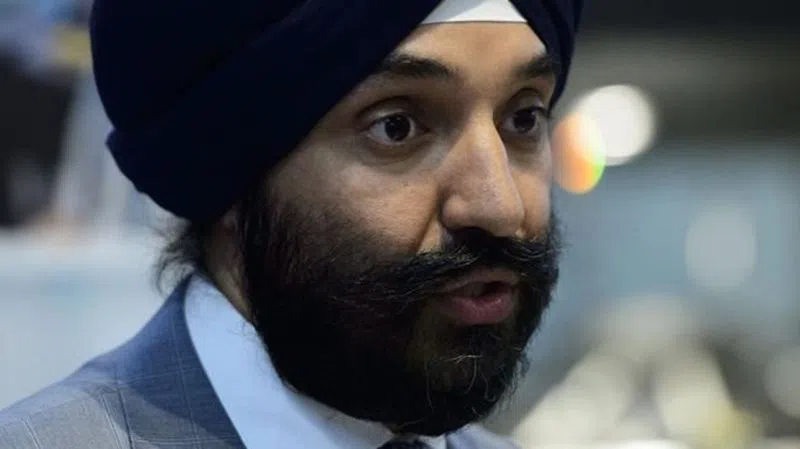
Promised 25 per cent wireless rate cut is on top of recent reductions: Bains
OTTAWA — The federal government is making clear that cuts to wireless rates it expects from mobile-phone service providers must be in addition to price reductions already seen since 2016.
But the latest comments about the Liberals’ mobile price reduction plan have only added to confusion around the starting point for the cuts, says the organization that represents Canada’s wireless carriers.
Industry Minister Navdeep Bains says the 25 per cent rate reductions he has been mandated to achieve over the next two years will be measured starting after the Oct. 21 election.
The Liberals promised during the fall federal election campaign to cut mobile device rates by an average of 25 per cent, a pledge that was embraced by opposition parties.
